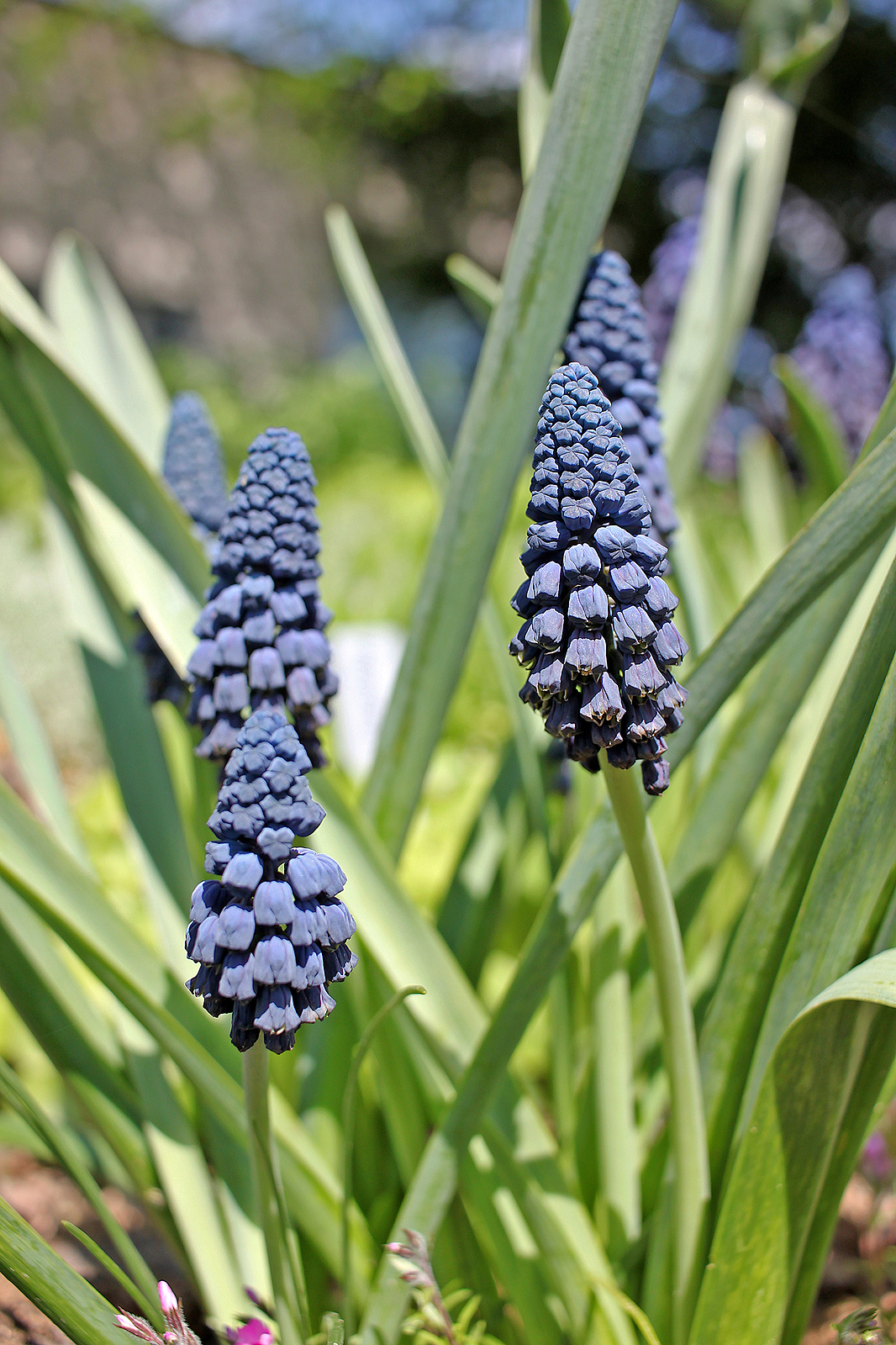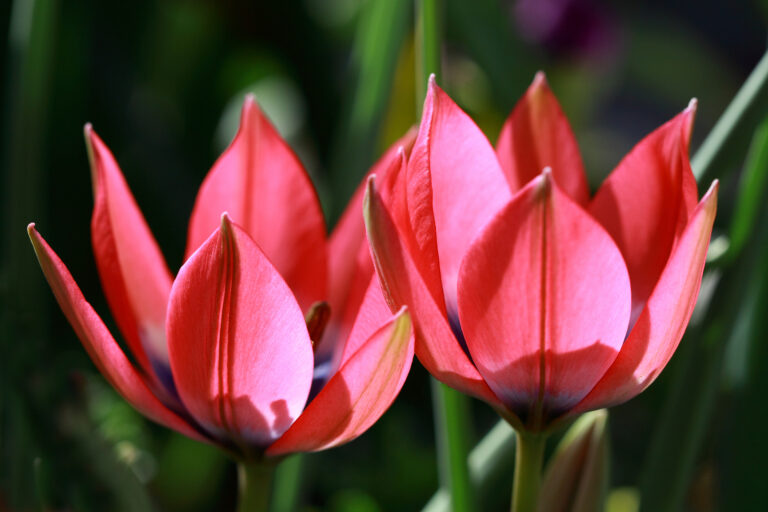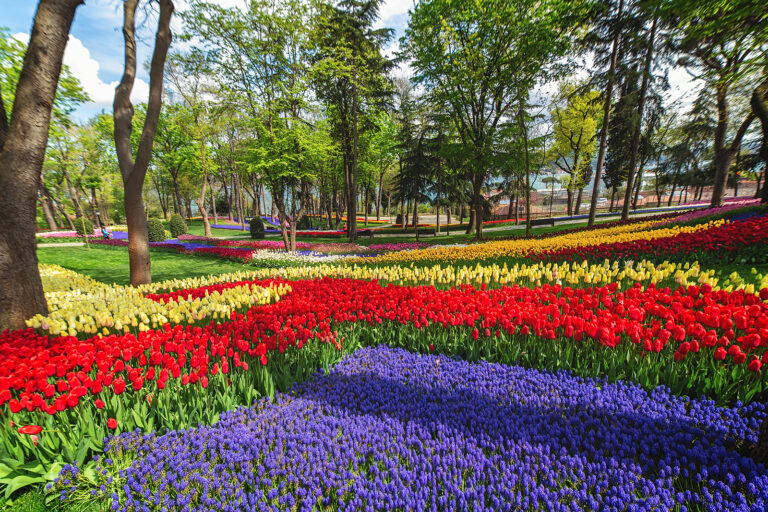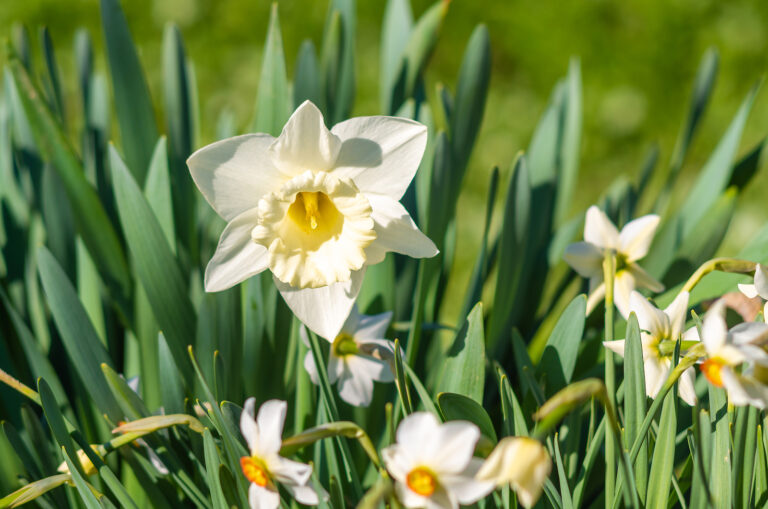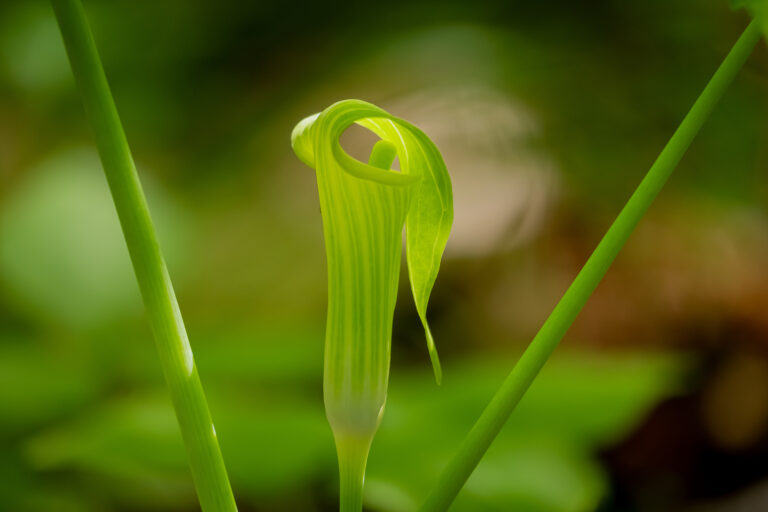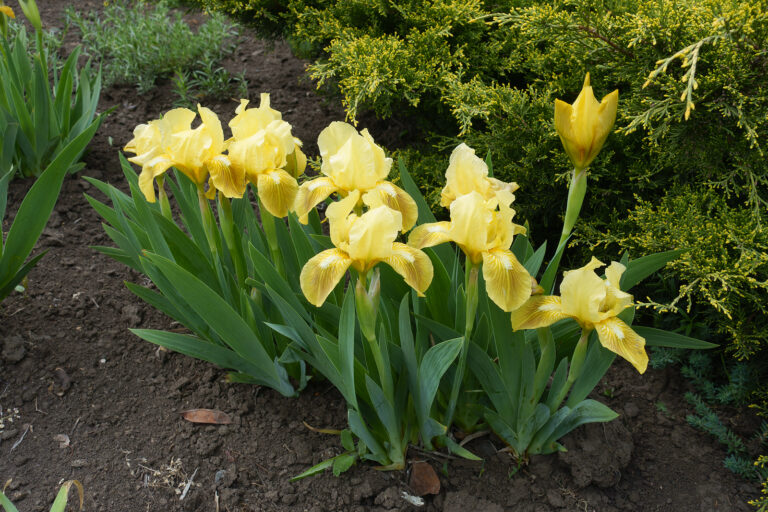How to Grow Bellevalia
Bellevalia–sometimes called hyacinth or hyacinthus–is spring-bloomig member of the lily family that bears flowers that closely resemble grape hyacinths (Muscari) and hyacinths (Hyacinthus). Bellevalia grows from tunicate bulbs and have long, strap-shaped, green to gray-green leaves that are basal and can extend from 1 to 1 ½ feet in length. The small bell-shaped flowers have six lobes and are carried in erect, densely packed racemes. They come in violet-blue, lavender, and white.
Bellevalia grows best in full sun or light shade with rich, well-drained soil. These are spring-blooming plants die back and disappear by midsummer. Plant Bellevalia under deciduous trees, which offer full sun before the trees leaf out. Bellevalia are ideal for rock gardens or sunny beds and borders, as they prefer dry soil once they enter dormancy in summer.
Bellevalia is a genus of 45 species of bulbous perennials native to Southern Europe and Asia.
Bellevalia is sometimes listed as the genus Hyacinthus.
Get to know Bellevalia
- Plant type: Bulb
- Growing zones and range: Zones 7-9
- Hardiness: Half hardy
- Height and width: 12 inches (30cm) tall and wide
- Foliage: Plants grow from tunicate bulbs and have long, strap-shaped, green to gray-green leaves that are basal and can extend from 1 to 1 ½ feet in length.
- Flowers: Small bell-shaped flowers have six lobes and are carried in erect, densely packed racemes. They come in violet-blue, lavender, and white.
- Bloom time: Spring; bulb can be forced into bloom indoors during winter
- Uses: Sunny bed or border, rock garden, houseplant
- Common name: Bellevalia, Hyacinthus
- Botanical name: Bellevalia
- Family name: Liliaceae
- Origin: Mediterranean region to western Asia

Where to plant Bellevalia
- Light outdoors: Grow Bellevalia in full sun outoors.
- Light indoors: Grow in bright light indoors.
- Soil outdoors: Grow Bellevalia in humus-rich, well-drained soil.
- Soil indoors: Plant in a well-drained, soilless medium.
When to plant Bellevalia
- Plant Bellevalia outdoors in autumn.
Planting and spacing Bellevalia
- Plant the bulbs in fall with the tops 2 inches below the soil surface.
How to water and feed Bellevalia
- Water to keep the soil evenly moist; allow the bulbs to dry in summer,
- Fertilize Bellevalis with an all-purpose organic fertilzer at planting time.
Bellevalia care
- Tall flower spikes may need to be staked.
- After the flowers have faded, the bulbs should be discarded.
Growing Bellevalia as a houseplant
- Bellevalia must be subjected to cold treatment to be forced into bloom.
- In fall, plant bulbs in a well-drained, soilless medium, with the tip of the bulb flush with the surface of the medium.
- One bulb can be planted in a 4-inch pot, or several bulbs can be planted in a larger pot and placed so that they almost touch.
- Water the medium well and place the pots outdoors either buried in the soil or protected in a cold frame for three to four months.
- If the temperature does not drop below 40°F (4.4°C) during this time, the bulbs should be chilled in a refrigerator.
- Then move the pots into a warm room where light is direct and humidity is average to high.’Keep the growing medium evenly moist, and do not fertilize.
- Once the plants are in bloom, moving them to a cool room will extend their flowering period.
Bellevalia pests and diseases
- Bellevalia is generally not bothered by pests or diseases.
Bellevalia propagation
- Propagate by separating offsets, by division, or by seeds.
Bellevalia varieties to grow
- Bellevalia hyacinthoides. Formerly Strangweja spicata. Produces long strap-shaped leaves through fall and winter and loose, few-flowered racemes of ¼ -to ½ -inch-wide pale blue flowers in spring on 2- to 6-inch-tall stalks; best in zone 7 to 9.
- B. pycnantha. Also listed as Muscari paradoxum. Bears gray-green leaves topped by dense 1-foot-tall clusters of violet-blue flowers edged in yellow. Individual flowers are ¼ inch long and appear in spring. Zones 5 to 8.
- B. romana. Formerly Hyacinthus romanus. A 12-inch-tall species with loose racemes of ⅜-inch-long white flowers in spring. Zones 7 to 9.

